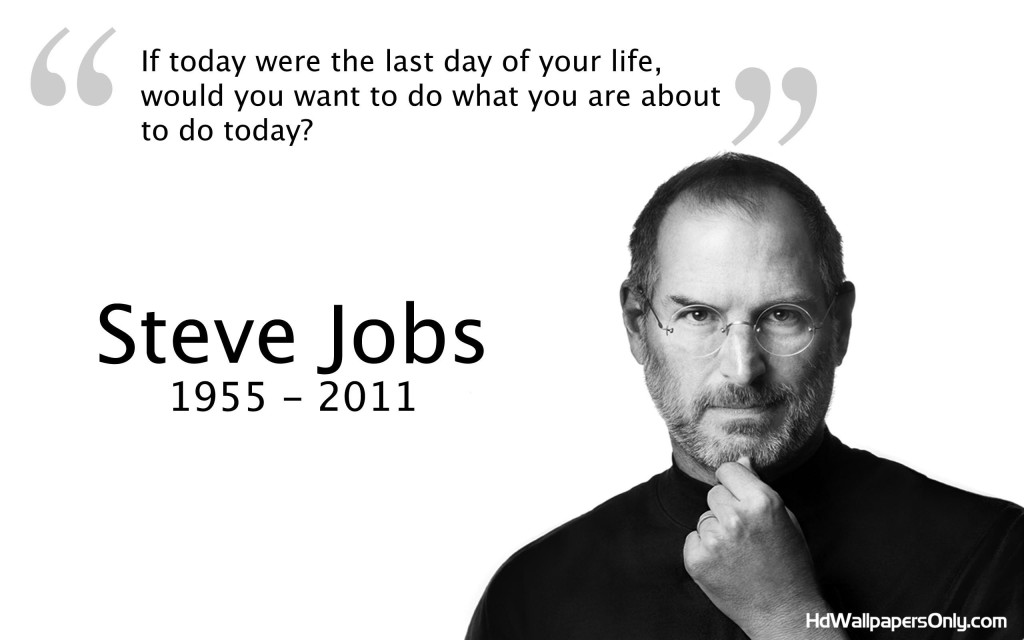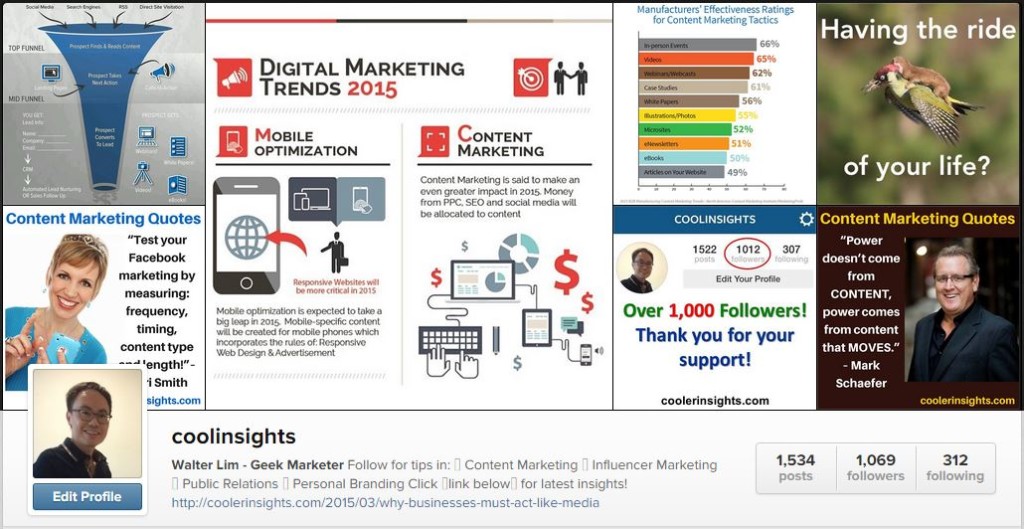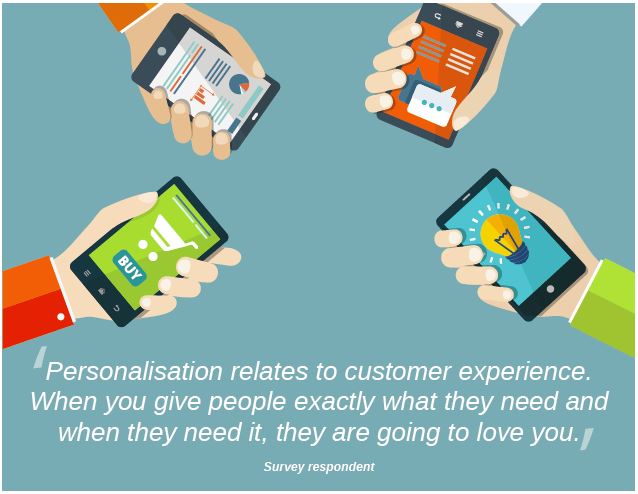Mr Lee Kuan Yew with his wife Mdm Kwa Geok Choo and son PM Lee Hsien Loong (courtesy of PM Lee’s Facebook)
At 3.18 am this morning – the stillest hour of the pre-dawn night – Singapore’s founding father Lee Kuan Yew slipped quietly away to join his beloved wife Kwa Geok Choo. 91 years of age, he was surrounded by his family and loved ones.









